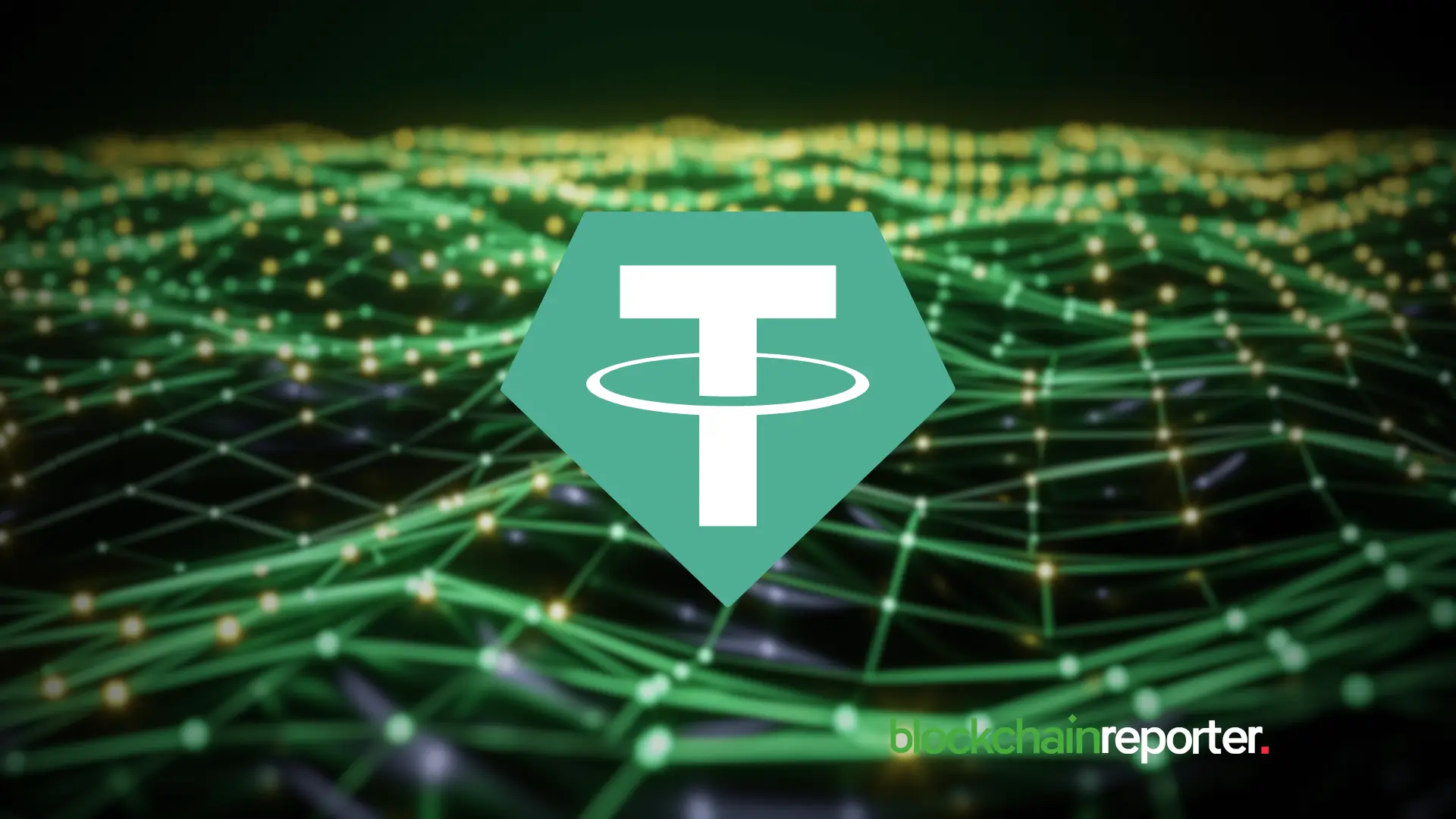A Beginner’s Guide to Different Types of Trading Orders



When considering crypto or stock trading , the users come across the term “order.” An order refers to an instruction given to a trading forum, including crypto exchanges, to either sell or purchase an asset. Hence, comprehending the diverse order types is significantly assistive in efficiently navigating the markets. It also decreases the risk while enhancing trading efficiency. This article discusses diverse basic as well as advanced types of orders on an exchange.
Market Orders and Limit Orders
The 2 main types of orders take into account market orders and limit orders. Nonetheless, they denote just the qualities utilized to refer to a command assortment.
Market Order
Market orders denote the orders that one expects to carry out immediately at the existing price. Hence, if someone intends to buy 3 Ethereum ($ETH) while current $ETH price is $2,510, this would cost $7,530 in total. In this way, the trader would not need to wait for a price drop when opting for market order.
Limit Order
Another chief order type is a limit order. In this case, the trading platform’s order book plays a crucial role. This is where the platform registers limit orders. They underscore simple orders that are unlike market orders, as they are not carried out immediately. Particularly, limit orders have some conditions attached to them in terms of price for their execution.
Thus, when the asset’s price touches the spot required for order’s execution, the order is performed. For instance, if a trader wants to sell 3 $ETH out of his holdings, limit order allows for the precise setting of limit to carry out selling. Thus, if the set limit is $2,800 for selling, then the allocated $ETH tokens will be sold only when price reaches $2,800.
‘Taker’ and ‘Maker’
When dealing with orders, a couple of other terms are also important to note. One of them is “taker” and the other is “maker.” A taker is known as someone whose order is rapidly matched. As a result of this immediate execution, the taker removes the liquidity. In this respect, takers recompense higher prices for rapid order execution.
On the other hand, a maker is known as someone whose order takes time to be filled. In this respect, the order is registered by the platform in the order book. Hence, until the limits are matched and filled, the order remains on the order book without execution. In this respect, makers often incur fewer charges because they assist the platform with the provision of liquidity.
Widely Used Order Types
The common order types include limit orders, market orders, one-cancels-the-other (OCO) orders, stop-limit orders, fill or kill (FOK) orders, immediate or cancel (IOC) orders, and good ‘till canceled (GTC) orders.
One-Cancels-the-Other (OCO) Order
This type of order permits the users to combine a couple of orders. Hence, as soon as the conditions of one of them are fulfilled, the other is automatically canceled. Keeping this in view, a person can specify 2 different price levels for an order. Thus, when one’s conditions are met, it will be executed while automatically cancelling the other.
Stop-Limit Order
This order type is used to limit losses a user may incur amid a trade. In this respect, the order allows the user to specify a limit price and stop price simultaneously. Specifically, when someone intends to buy the dip, this order type is useful. For example, if a person intends to buy $ETH, he/she can specify a suitable stop price, i.e. at $1,500, and a limit price, i.e. at $1,300. Sbusequently, a limit order at $1,300 will automatically be placed as soon as the price plunges to $1,500. Nonetheless, the order is just placed after the asset reaches the top price level. Therefore, there is still the risk of witnessing no price recovery, denoting no protection against a continuous slump.
Good ‘Till Canceled (GTC) Order
This is another order type which ensures that the order remains open untill its manual cancellation or execution. It is significantly prevalent in the crypto market based on the 24/7 services provided by the exchanges.
Fill Or Kill (FOK) Order
This order either sees an immediate execution or get canceled. In this respect, in the case of unavailability of an order on immediate basis, it is automatically canceled without any further waiting.
Immediate Or Cancel (IOC) Order
This type is dissimilar to an FOK order as it does not cancels the partially fulfilled conditions of the order. This includes the case of someone who has placed an order ot purchase 3 $ETH at the price limit of $1,500, but can just obtain 1 $ETH at the respective price. Hence, the already bought $ETH will not be canceled while the remaining part of the order will be canceled.
Conclusion
Understanding and mastering the respective order types is crucial for good trading. Contrarily, ignoring them may hinder in the way of becoming a skillful trader. Therefore, the traders should comprehend them and plan their suitable usage to get maximum from their trading operations.

USDT0’s Gold-Backed $XAUt0 Token Goes Live on TON
USDT0’s exclusive gold-backed token $XAUt0 is now live on The Open Network (TON) while expecting bro...

Fireblocks Integrates Codex for Instant Stablecoin Settlement
Codex is now live on the Fireblocks for instant, secure, and scalable stablecoin settlements for ins...

MaskDAO Acquires Orb.club, Unlocking On-chain Virality to Boost Creator Economy
The purchase denotes a new phase in decentralized social ecosystem where users act as stakeholders i...

